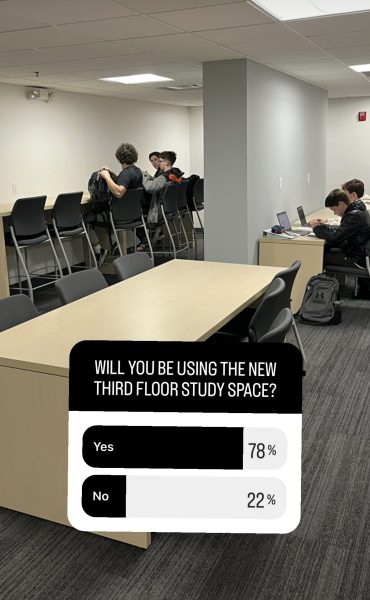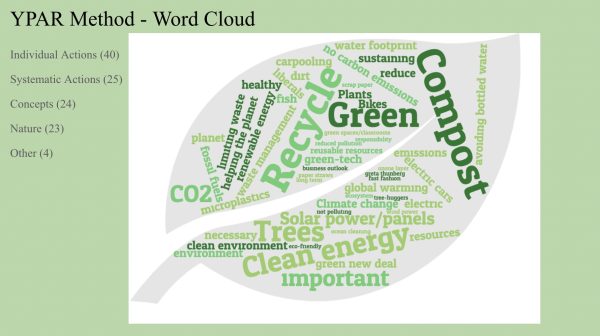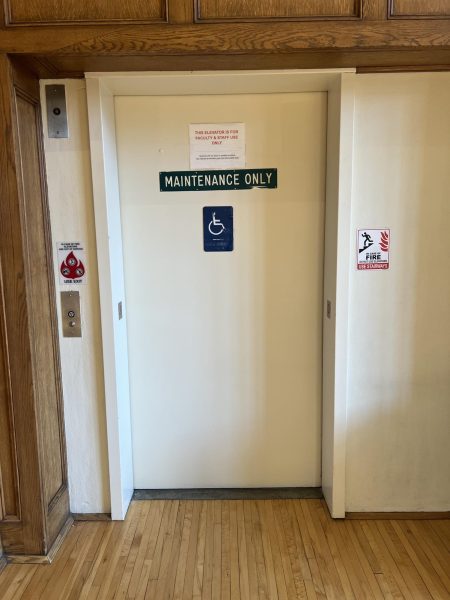This year, the SAT comes with new changes
Students await the new test
The SAT’s new changes are pushing away students who would’ve taken it this year because the format was so uncertain.
Whether you hear it or not, somewhere in America, somebody is talking about standardized testing, specifically the SAT or ACT. Students work hard to conquer these tests and receive scores that they deem presentable to colleges to which they apply.
While earning good scores on these tests can be accredited to hard work, it can also be attributed to learning how to take these odd tests. However, in March, the SAT changed quite a bit. The purpose of this change is to morph the test from a tricky test to a test about application. “[The new test] is designed to judge students more on the types of curricular offerings that they pursue in high school,” says Frank Sachs, one of Blake’s college counselors.
The goal of the new test is to test students on how they can apply the math, English, science, and reading comprehension that they learned in their classes and avoid the questions that the SAT is widely known for. The new test has far less vocabulary, which is typically a center of tedious rote memorization in order to prepare for the test. “The goal of the change is to reward better students with better scores” says Sachs.
In addition to the new content, the way the test will be scored will also be new. “There is no penalty for guessing anymore. You used to lose … 1/4 or 1/5 of a point,” says Sara Kyle, another college counselor. The test seems to be edging closer to the ACT, causing tutoring for both to be similar.
While the scoring for the new SAT will have time to be worked out, one thing that is abuzz in the upper school is PSAT scores from the fall, and how there might not be any validity behind the scoring. Both Sachs and Kyle say that the scores seem very high compared to past years, but there’s really no way to know until next fall if the scores are inflated or not.
While students stress about their scores, many suggest that the standardized tests that so many colleges rely on should be weighed less in the admission process. While there are many reasons that the tests are not great representations of academic ability, cost is one of the important factors that can influence a score. An ACT prep course can cost between $600-$1500, and the only people who get these opportunities are people who are financially advantaged. Because of this, it is no surprise that students with higher household incomes mostly score better than students with lower household incomes. The Wall Street Journal says that on the SAT, wealthier students scored an average of 400 points above students with lower household incomes. Much of this can be attributed to the fact that many of these families do pay for prep-courses. Some of this may be contributed that lower-income families typically do not go to schools that offer any standardized test prep in school.
Because of the linear pattern in wealth and score, this may be a reason why the test is being changed. Just by basing off on the average scores of students and their wealth, if two students are taking the test, no matter what wealth bracket they are in, the wealthier student will, most of the time, do better on the test.
These changes may help students of lower socioeconomic statuses, but there is still a long way to go on the road of making opportunity for everyone in schools the same.











